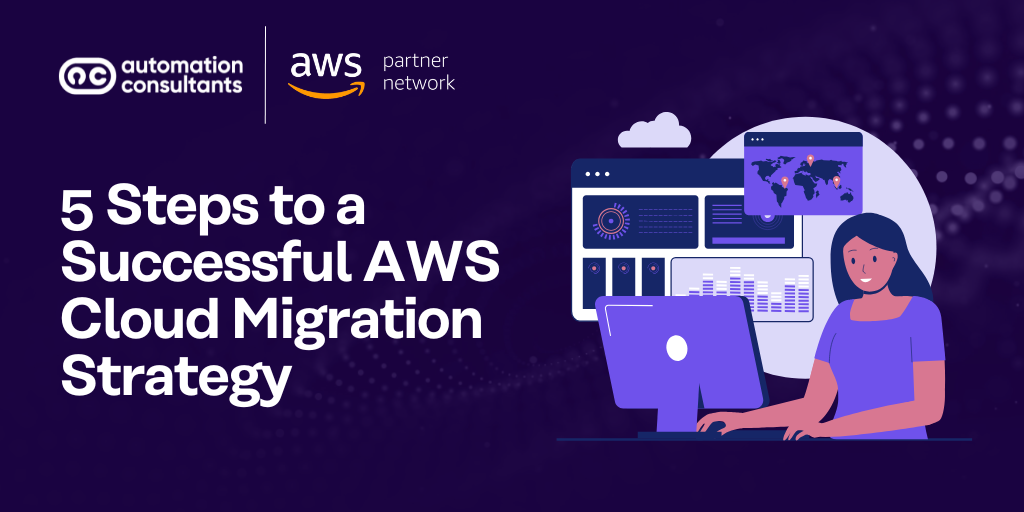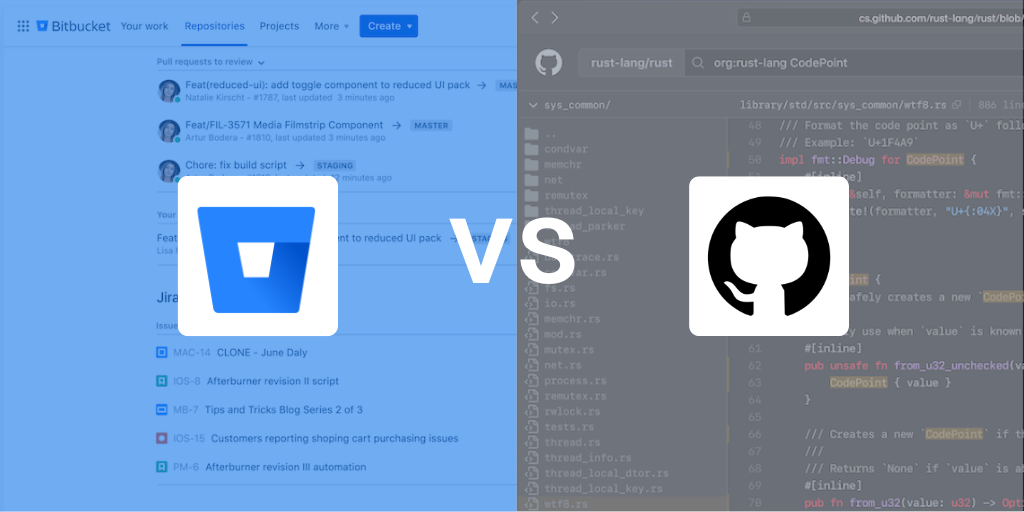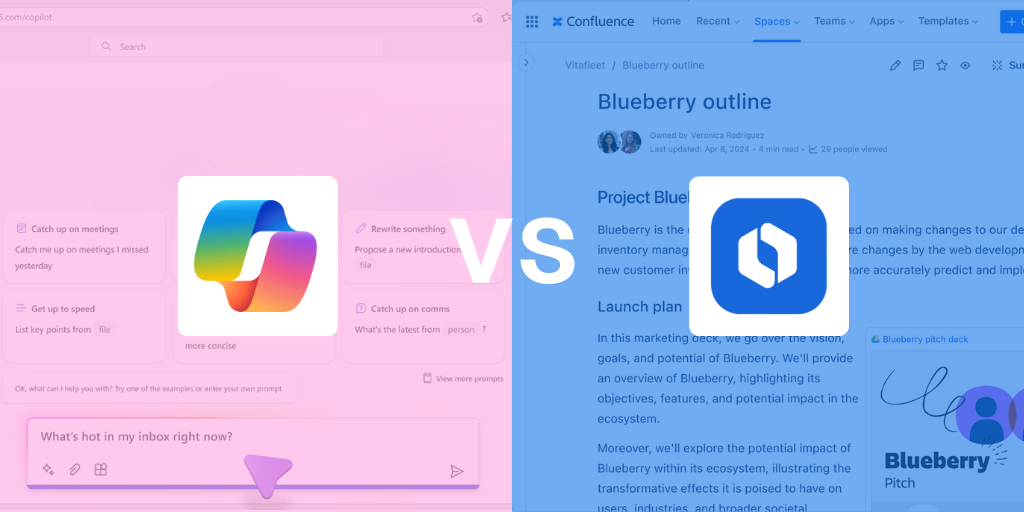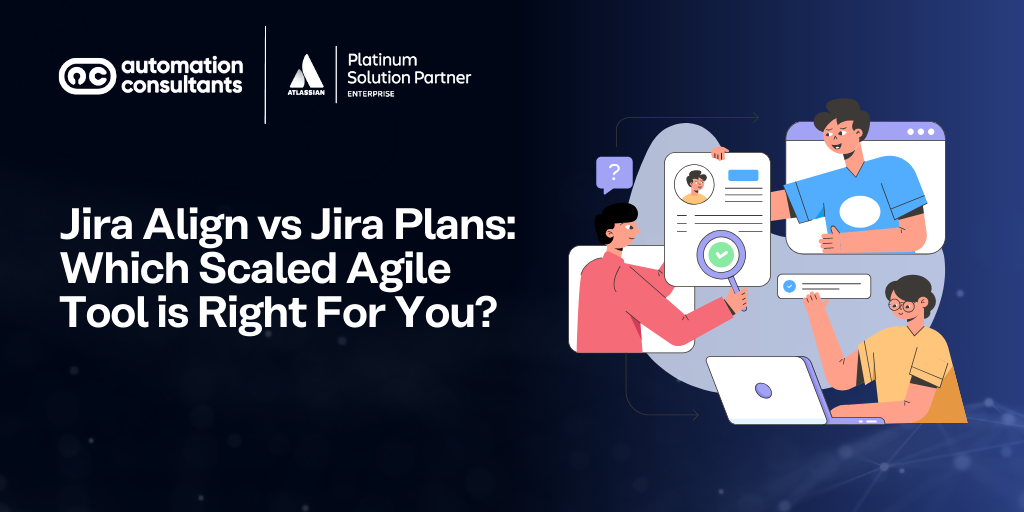It’s easy for even experienced manager to get a data centre migration wrong. Those who succeed focus on these key areas.
Risk management
Extended downtime and loss of data are your main risks; how much of either you can tolerate depends on the importance of the apps. If they’re mission or business critical you want to minimise risk as much as possible – and because these are normally active/active you will need to consider external disaster recovery servers as well.
Discovery
Some applications run for decades, and if staff leave, the knowledge of how they work might leave with them.
Network tracing tools can help you rediscover the components and relationships of legacy applications. Use them to observe your network over time: some systems are in contact all the time, but some communicate more infrequently.
Compatibility
Legacy apps don’t always suit new environments. If this is the case, you can do a physical ‘lift and shift’ move during the data centre relocation, or you can transfer them to more current hardware. The second option is more difficult – emulators can ease the process, but sometimes you’ll need a full rewrite – but more beneficial in the long run: you can only rely on outdated systems for so long.
Network & latency
Every app you migrate needs to have a place in your new network: think about firewall settings, domains and trusts, and latency. With systems of sufficient importance, you should conduct a trial migration in a test environment.
Don’t forget – prolonged unplanned downtime and loss of data are the primary risks in any data centre migration – make sure you’ve dedicated the budget to avoiding these pitfalls – especially if the environment you’re migrating contains mission or business critical systems.




